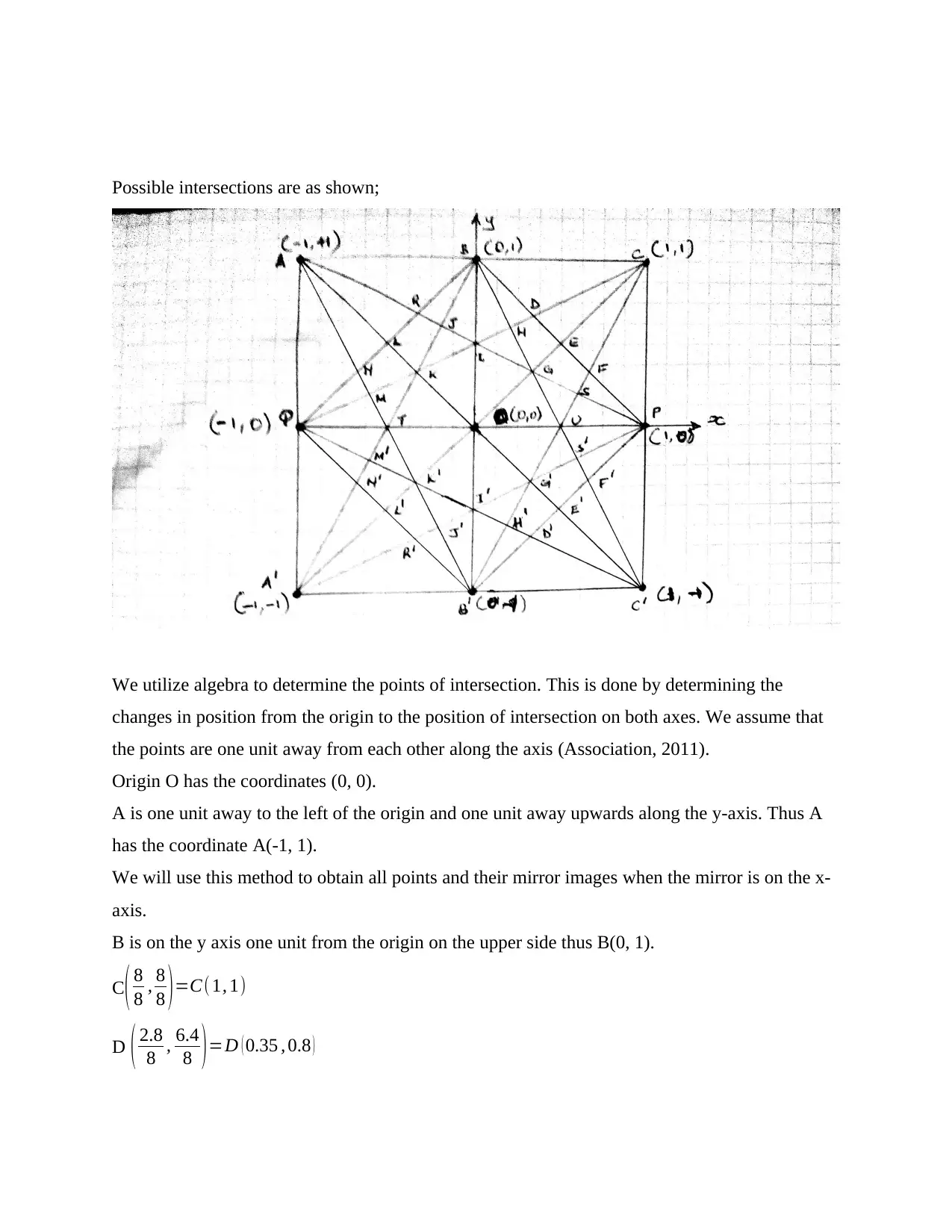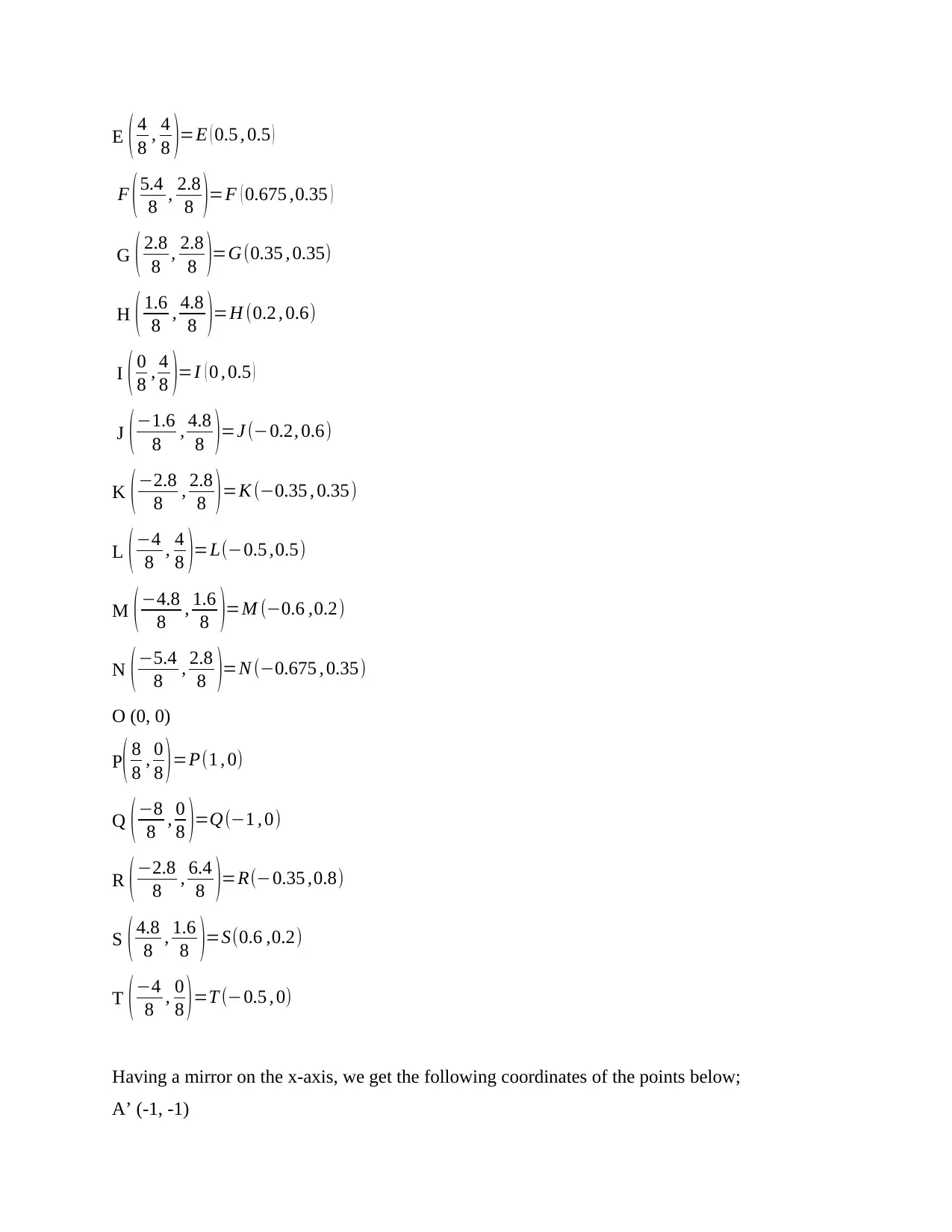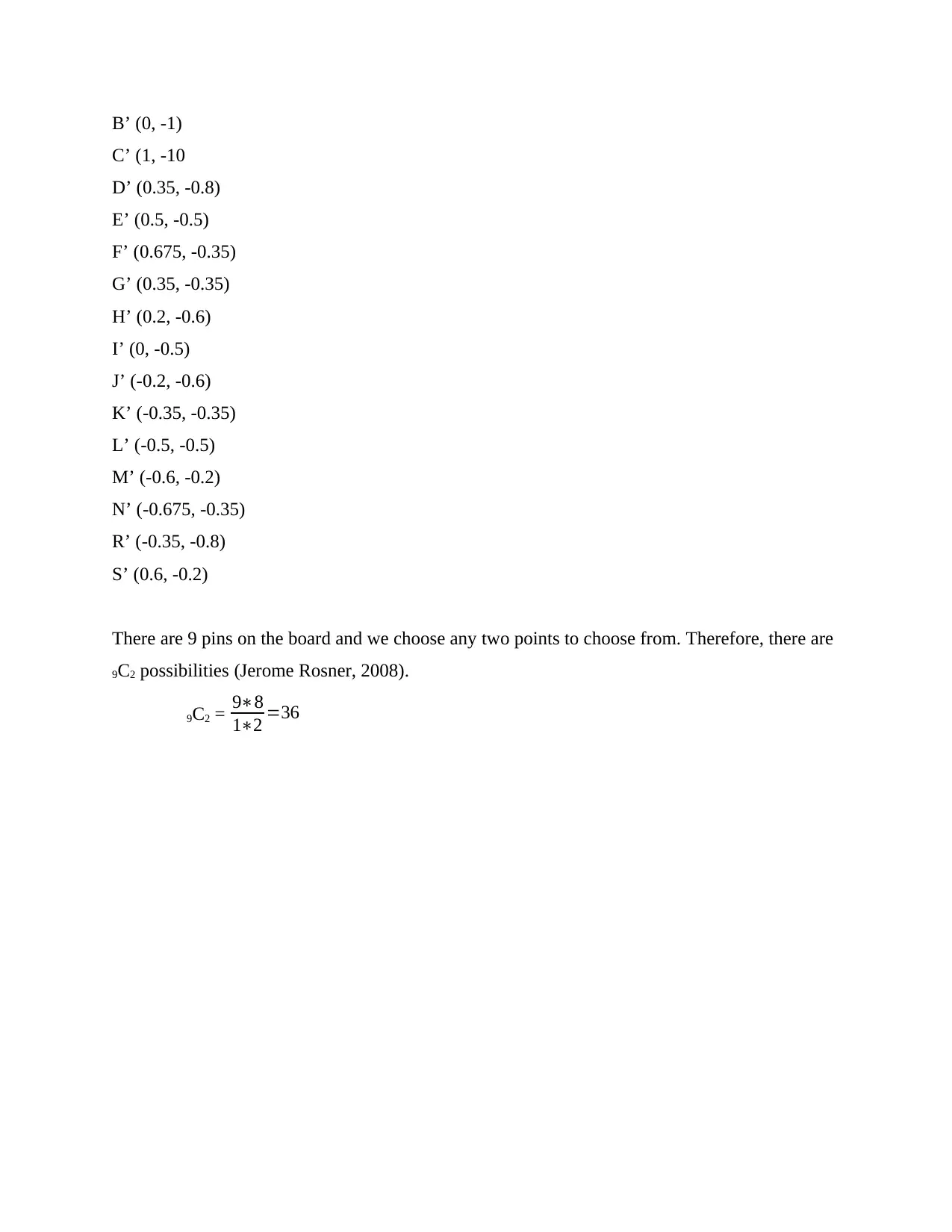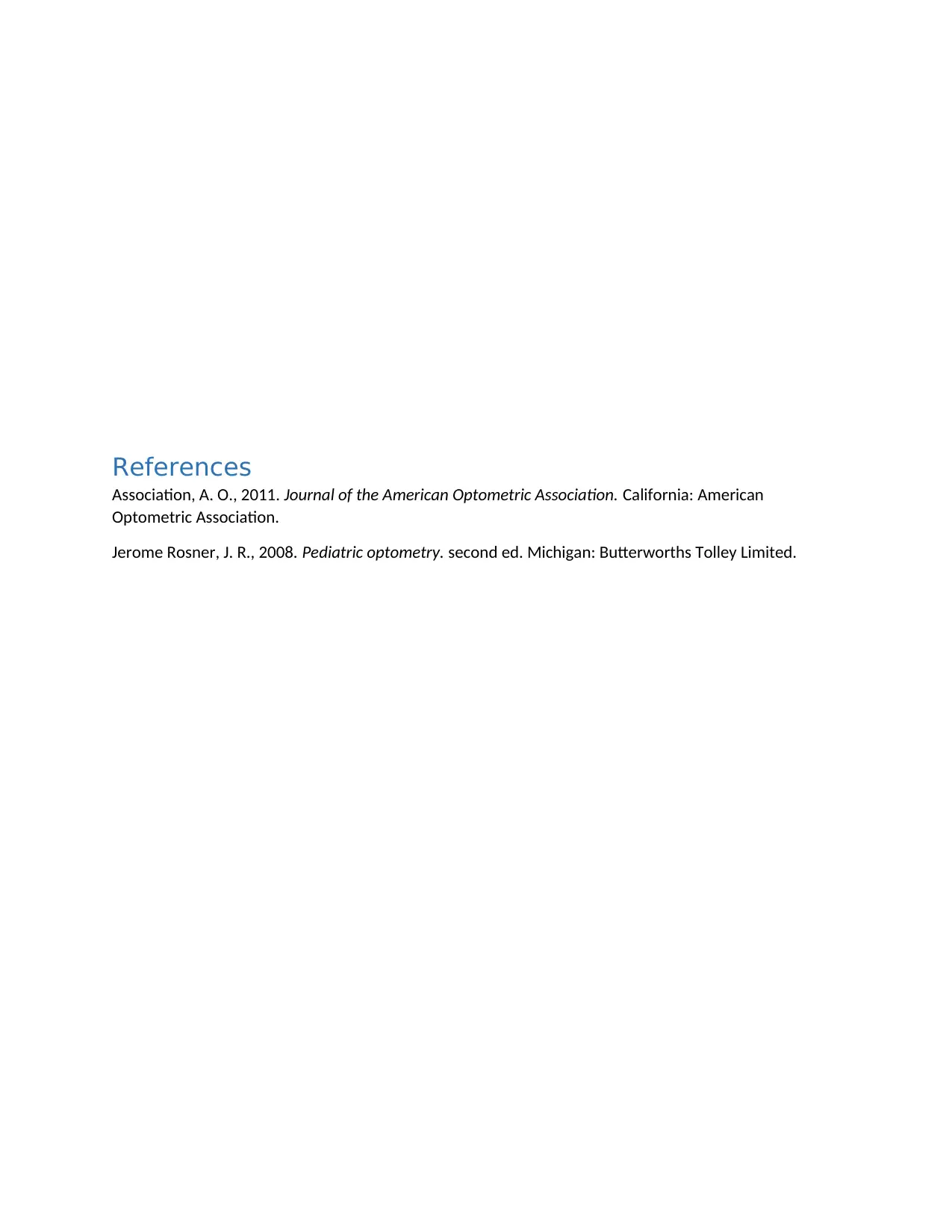Coordinate Geometry: Determining Points and Mirror Images on X-Axis
VerifiedAdded on 2023/06/07
|4
|584
|76
Homework Assignment
AI Summary
This assignment focuses on coordinate geometry, specifically determining points of intersection and their mirror images across the x-axis. It uses algebraic methods to calculate the coordinates of various points and their reflections. The origin is set as (0, 0), and other points are located relative to it. By reflecting points across the x-axis, the y-coordinates are inverted while the x-coordinates remain the same. The document includes a calculation of the number of possible combinations of selecting two points from a set of nine, demonstrating combinatorial principles in geometry. Desklib provides this solution and other resources for students seeking assistance with their assignments.
1 out of 4






![[object Object]](/_next/static/media/star-bottom.7253800d.svg)